Metal soffits are horizontal structures crafted from materials like aluminum or steel that cover the underside of eaves, providing a sleek and modern finish to any building. These soffits play a crucial role in ventilation, allowing air to circulate freely within the attic space, which helps prevent moisture buildup and extends the roof’s lifespan. Additionally, they add a polished aesthetic to the exterior of homes and buildings, creating a cohesive look.
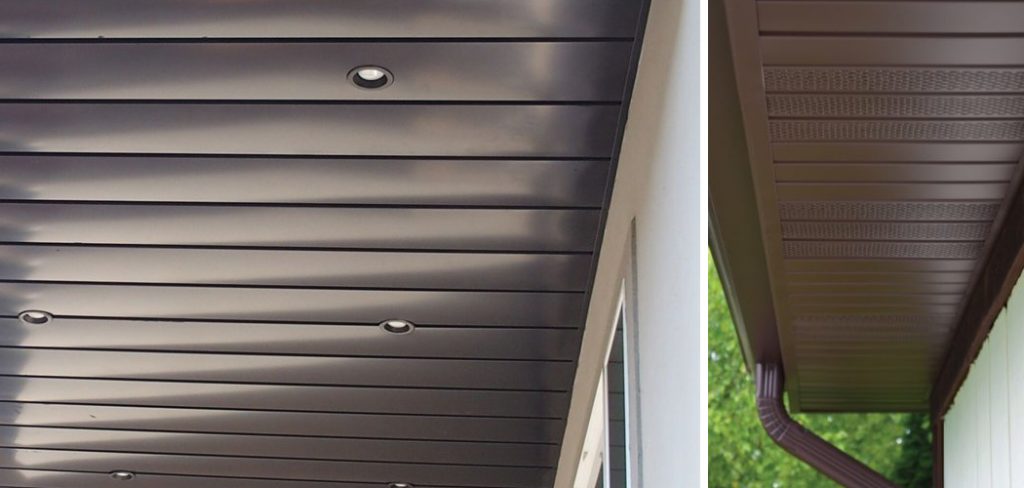
This article serves as a comprehensive, step-by-step guide on how to make metal soffits, specifically focusing on their fabrication and installation. By following these detailed instructions, homeowners and DIY enthusiasts can ensure their metal soffits are functional and visually appealing. The guide encompasses everything from the initial planning stages to the final inspection, providing all the necessary information to successfully complete this project.
Benefits of Using Metal Soffits
Durability and Longevity
Metal soffits offer unparalleled durability compared to traditional materials like wood or vinyl. They are highly resistant to rot, pests, and weathering, ensuring a longer lifespan without the common vulnerabilities associated with other materials. Metal’s strength and resilience against harsh environmental conditions make it an ideal choice for homeowners looking to minimize maintenance concerns. With metal soffits, you gain peace of mind knowing that the structural integrity of your eaves will be preserved over time.
Low Maintenance
Metal soffits require minimal upkeep, adding to their appeal. They do not esily crack or warp, so they maintain their appearance without frequent repairs. Cleaning metal soffits is a straightforward process, usually involving mild detergent and water, keeping them looking new for years. This low-maintenance nature makes metal soffits a practical and efficient option for those who desire both aesthetics and functionality in their home’s exterior.
Tools and Materials Needed
Tools
Proper tools are essential for a successful metal soffit installation. You’ll need tin snips or metal shears for precise cutting, a drill for securing panels, and a reliable measuring tape to ensure accurate dimensions. A level is crucial for maintaining straight lines, while a ladder provides access to higher areas safely. Always prioritize safety by using gloves to protect your hands and goggles to shield your eyes from metal fragments during the project.
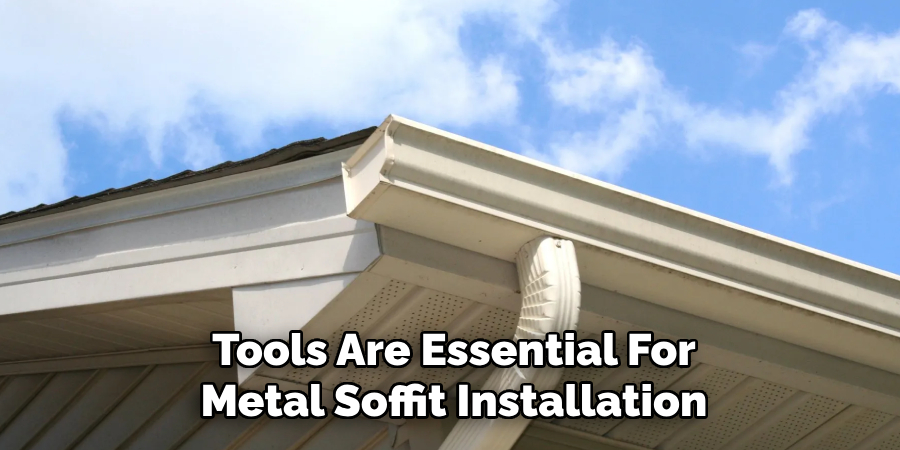
Materials
Selecting the right materials is key to achieving a durable and efficient soffit installation. Metal soffit panels form the structure’s core, while J channels provide strong support and alignment. Using high-quality screws and nails ensures the panels are securely fastened, preventing sagging or displacement over time. For effective ventilation, vent strips are crucial, allowing air circulation to prevent moisture buildup, which could affect the roof’s lifespan. Ensure all materials are designed for long-term use and weather resistance.
Planning and Measuring for Metal Soffits
Assessing the Project Area
Before installing metal soffits, it is crucial to assess the project area thoroughly. Begin by measuring the eaves and overhangs accurately to determine the precise amount of materials needed for the job. Use a reliable measuring tape to account for all necessary dimensions, ensuring no sections are overlooked. Additionally, identify sections of the eaves that require ventilation, which is vital to maintaining proper airflow and preventing moisture buildup that can damage the structural integrity of your roof. Proper assessment ensures you gather the correct materials and plan appropriately for ventilated sections.
Choosing the Right Metal Panels
Selecting the appropriate metal panels is essential for both functionality and aesthetics. Consider using perforated panels where ventilation is a priority, as these allow air to circulate freely, thereby reducing moisture problems. In contrast, solid panels are ideal for locations where structural coverage and visual appeal are more significant concerns. It is also important to choose corrosion-resistant metals such as aluminum or galvanized steel. These materials provide long-lasting protection against environmental stressors, preserving the soffit’s appearance and function over time. Properly choosing the metal panels balances ventilation needs and exterior aesthetic preferences.
Cutting and Preparing the Metal Panels
Marking and Measuring Panels
Accurate measurement and marking of metal panels are paramount to ensuring they fit the soffit area precisely. Start by using a measuring tape to determine the dimensions of each section where panels will be installed. Once measured, use a pencil or marking tool to outline the cut lines directly on the metal panels. Ensuring these lines are visible and straight is crucial for the cutting process. Double-check all measurements and marks before proceeding to cut, as errors can lead to wastage of materials or improper fitting, complicating the installation further.
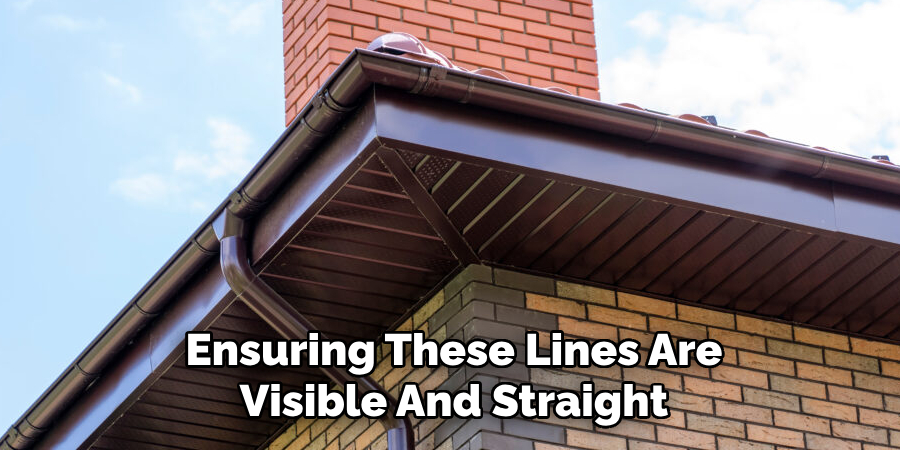
Cutting the Panels
Cutting metal panels safely and effectively requires the right tools and techniques. Equip yourself with tin snips or metal shears, which provide precision while minimizing the risk of distortion. Carefully follow the marks previously drawn, applying even pressure to cut through the metal cleanly. Always wear gloves and protective eyewear to prevent injuries from sharp edges and flying metal fragments. After cutting, it’s essential to smooth any rough or jagged edges using a metal file or sandpaper to avoid potential injuries during installation. This preparation ensures not only the safety of handling the panels but also contributes to a seamless and professional installation.
How to Make Metal Soffits: Installing Metal Soffits
Attaching J-Channels
The first step in installing metal soffits is fitting J channels along the perimeter of the eave. J channels serve as the foundational support that holds the soffit panels in place. Begin by measuring and cutting the J channels to the necessary length, ensuring an accurate fit along the entire edge. When positioning the channels, it is crucial to ensure they are perfectly level, as this will influence the final alignment of your soffit panels. Securely fasten the J channels using corrosion-resistant screws or nails. This fastening should be done at regular intervals to provide a stable framework capable of supporting the weight and stress of the metal panels over time.
Inserting and Securing Panels
With the J channels securely in place, the next step involves the insertion of the metal panels. Carefully slide each panel into the channel, ensuring that it fits snugly without gaps. It is essential to measure the panels beforehand to avoid cutting issues during installation. When inserting the panels, start from one end and proceed methodically to the other, ensuring consistent alignment and a uniform look.
Once in place, secure the panels using screws or nails, taking care to space them evenly. This distribution is critical as it helps prevent sagging and ensures that the panels remain firmly attached despite exposure to wind and temperature changes. Using screws with rubber washers can provide additional hold and reduce the likelihood of moisture penetrating the attachment points. Double-check each panel’s alignment during installation to maintain both aesthetic appeal and structural integrity.
Adding Ventilation Panels
Ventilation is a vital component of effective soffit installation, aimed at promoting airflow and reducing moisture accumulation, which can lead to mold or rot. Choose perforated panels or vent strips for areas that specifically require ventilation. Install these panels by integrating them into the existing configuration, ensuring they slide smoothly into the J channels like the solid panels.
Proper positioning is essential, typically under eaves or soffit areas that experience moisture concentration. The perforations in these panels allow for effective airflow, helping maintain the health of the roofing structure by preventing moisture buildup. Ensure that the ventilation panels are securely fastened with screws or nails, just like the solid panels, to maintain a stable and seamless soffit line. A well-ventilated soffit installation protects your home and enhances energy efficiency by managing moisture and temperature levels effectively.
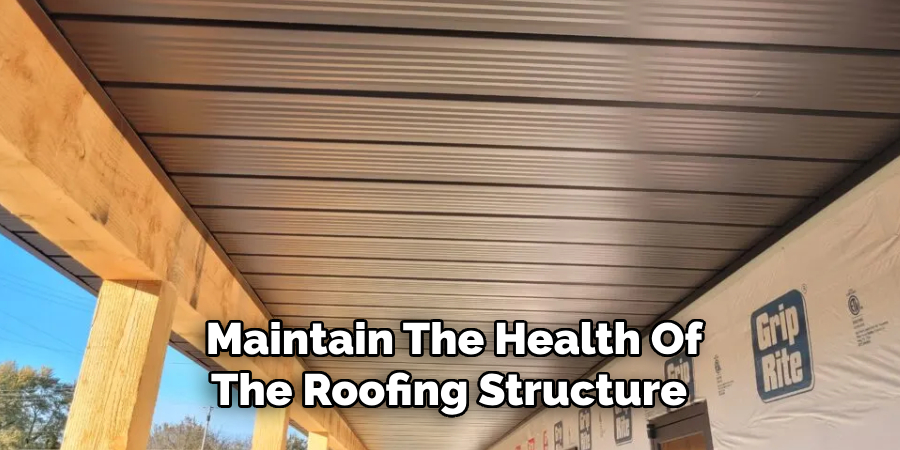
Maintenance and Care for Metal Soffits
Cleaning
Keeping your metal soffits clean is important for preserving their appearance and functionality. Use a mild detergent mixed with water and a soft brush or cloth to gently scrub the panels. Rinse thoroughly with a garden hose to remove any soap residue, ensuring no streaks are left behind. Avoid using abrasive cleaners, as they can scratch and damage the metal surface, leading to wear and tear over time. Regular cleaning can help prevent the buildup of dirt and grime, maintaining a polished look.
Regular Inspections
Conducting periodic inspections of your metal soffits is crucial for detecting potential issues such as damage, rust, or blockages in ventilation areas. Check for any signs of denting or scratches that could expose the metal to corrosion. Look closely at the seams and fastenings for evidence of rust or wear that might compromise structural integrity. Ensure ventilation panels are unobstructed to maintain optimal airflow. Regular inspections can extend the lifespan of your soffits and help spot problems that require prompt attention.
Common Mistakes to Avoid
Incorrect Measurements
One of the most common mistakes in metal soffit installation is taking inaccurate measurements. Misjudging the dimensions can lead to improper panel fits, requiring either re-cuts or new material, which increases both time and cost. Accurate measurements ensure a seamless installation, avoiding the frustration of discovering gaps or overlaps that compromise both appearance and functionality. Always double-check measurements and mark them clearly to facilitate precision during cutting and fitting processes.
Over-tightening Screws
Over-tightening screws is another frequent error that can cause significant issues with metal soffit panels. Applying too much force when securing screws may deform the panels, leading to unsightly bulges or stress fractures. These deformations diminish the visual appeal and compromise structural integrity, making the panels susceptible to damage from wind or temperature variations. To avoid this, screws should be tightened just enough to hold the panels securely without distorting the metal surface.
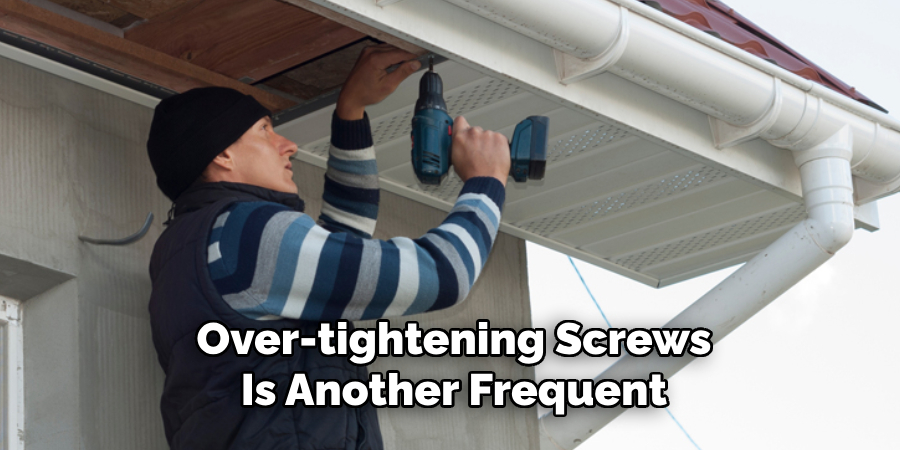
Conclusion
Installing metal soffits involves meticulous planning, precise measuring, and careful cutting before the final installation. Each step is crucial to ensure a seamless and professional finish. Properly installed soffits enhance ventilation, offering protection against moisture while elevating the aesthetic appeal of your home. By understanding “how to make metal soffits” correctly, you can confidently undertake this DIY project. Use the right tools and techniques to secure a durable and visually appealing outcome. Remember, attention to detail and quality craftsmanship are key to a successful, long-lasting soffit installation.
you can also check it out Clean Metal for Painting
Edmund Sumlin is a skilled author for Metal Fixes, bringing 6 years of expertise in crafting a wide range of metal fixtures. With a strong background in metalwork, Edmund’s knowledge spans various types of fixtures, from decorative pieces to functional hardware, blending precision with creativity. His passion for metalworking and design has made him a trusted resource in the industry.
Professional Focus:
- Expert in Metal Fixtures : Edmund aesthetic specializes in creating durable and innovative metal fixtures, offering both appeal and functionality. His work reflects a deep understanding of metalworking techniques and materials.
- Sustainability Advocate : He is dedicated to using sustainable practices, ensuring that every fixture is crafted with eco-friendly methods while maintaining high-quality standards.
In his writing for Metal Fixes, Edmund provides valuable insights into the latest trends, techniques, and practical advice for those passionate about metal fixtures, whether they are professionals or DIY enthusiasts. His focus on combining artistry with engineering helps others discover the true potential of metal in design.


